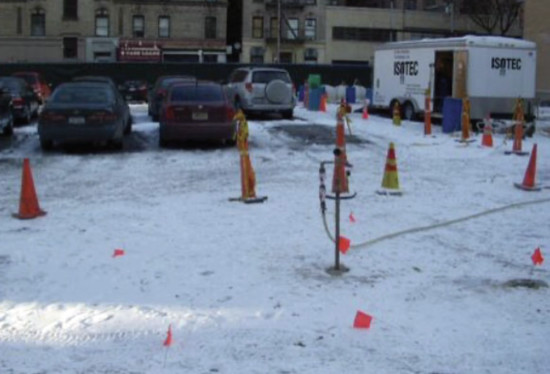TECHNOLOGIES / COMBINED TECHNOLOGY REMEDIATION
Our highly effective AND ADAPTABLE approachES to SITE SPECIFIC ISSUES.
Rather than relying on a single method, this program combines the strengths of various treatment techniques to deliver customized solutions that maximize efficiency and minimize environmental impact. In practice, the Combined Technology Remediation process often involves the use of state-of-the-art monitoring and diagnostic tools to continually assess the effectiveness of the treatments. This data-driven approach allows for real-time adjustments, ensuring the highest level of success and a more sustainable long-term environmental solution.
Proactive Combined Remedies incorporate multiple treatment processes into the remedial design to:
- Increase remediation effectiveness, reduce clean-up time, and minimize cost
- Enhance transfer of contaminants into the aqueous phase for treatment by conventional in-situ remediation technologies
- Accelerate regulatory approval and reduce costs
Paul Dombrowski, P.E.
Director of Remediation Services
PERMANGANATE (ISCO) + ZVI & EVO (PRC) COMBINED REMEDY
Summary: A private development manufacturing site required voluntary onsite remediation. TCE, petroleum hydrocarbons, and metals impacted subsurface soils and groundwater to depths of 60 ft bgs.
ISOTEC designed and implemented the following combined remedies in parallel with site redevelopment:
Soil Evacuation: >20,000 tons
Premanganate ISCO:
- Allowed oxidant advection in limited access areas
- ZVI + EVO Permeable Reactive Barrier installed via DPT injections at property boundary
- Coordination between owner, architect, regulatory agency, and remediation team
- Project achieved conditional Track 1 Cleanup
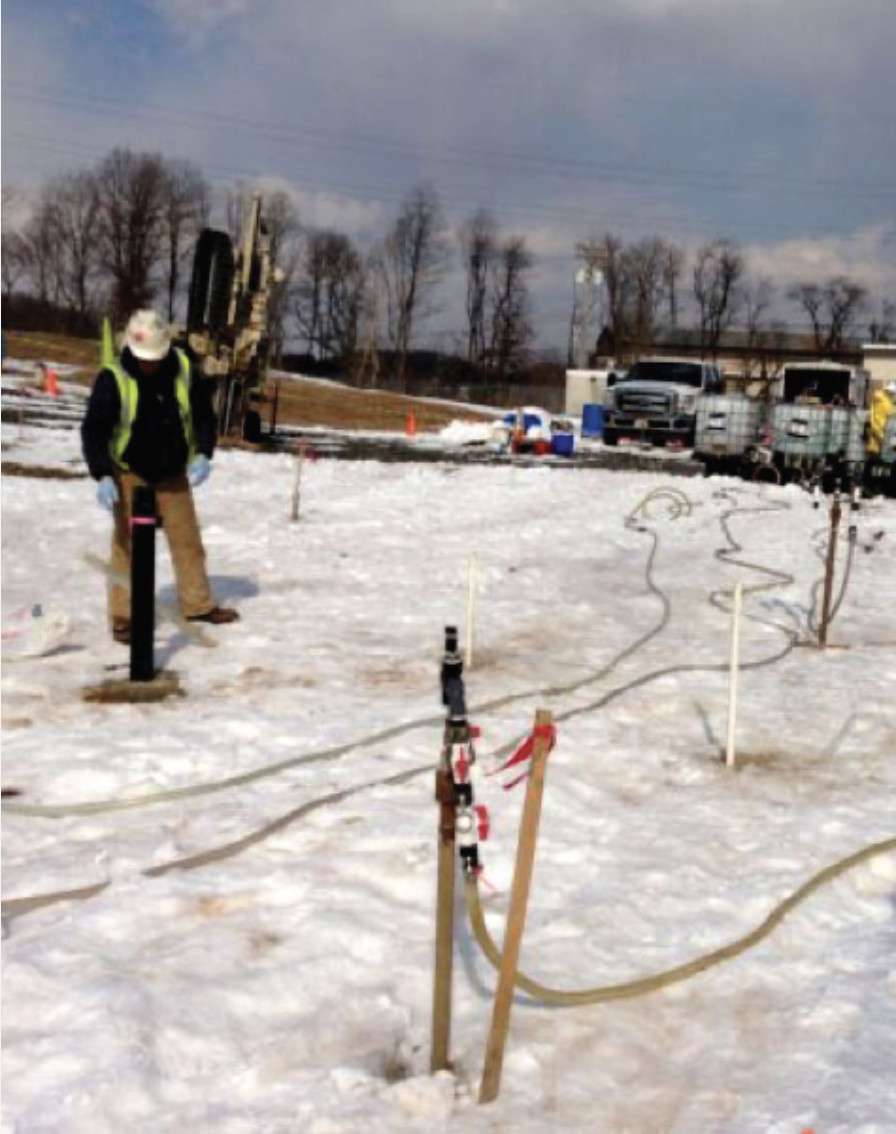
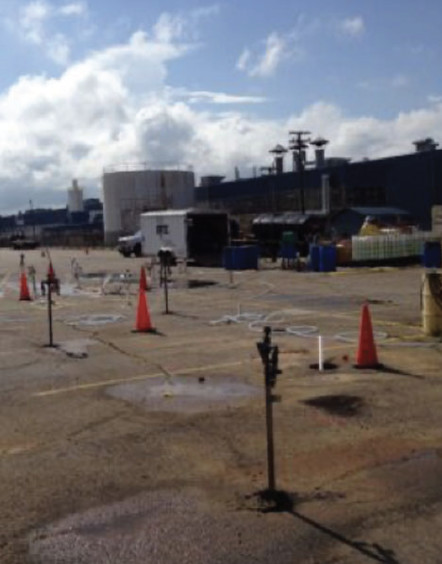
In-Situ Chemical Oxidation + Enhanced In-Situ Dechlorination
Summary: Combined remediation for groundwater impacted by carbon tetrachloride (up to 17 mg/L) & PCE (up to 200 mg/L).
Phase 1: In-situ chemical oxidation with activated sodium persulfate
Achieved 80% to 97% reduction of carbon tetrachloride
Phase 2: Enhanced in-situ dechlorination
- Carbon tetrachloride → abiotic dechlorination → chloroform (CF)
- Carbon substrate (ELS)
- KB-1 Plus [CF formulation] – cultured on a mg/L concentration of CF
- Bacteria degraded CF to dichloromethane & non-toxic products
- Persulfate breakdown product (sulfate) reduced to FeS for abiotic dechlorination
In-Situ Chemical Oxidation + biosparging
Summary: This combined remedy was implemented to rapidly remediate BTEX impacts from historic UST releases.
Phase 1: Design and Install Three Directionally-Placed Horizontal Remediation Wells Beneath Buildings.
Phase 2: ISCO with MFR for BTEX Desorption + Oxygen Byproduct (Oxidation).
Phase 3: Biosparging to Remediate Residual BTEX Impacts in Saturated Zones.
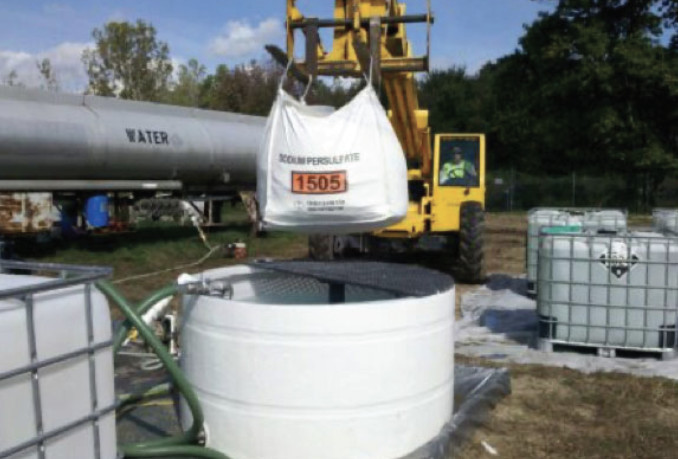
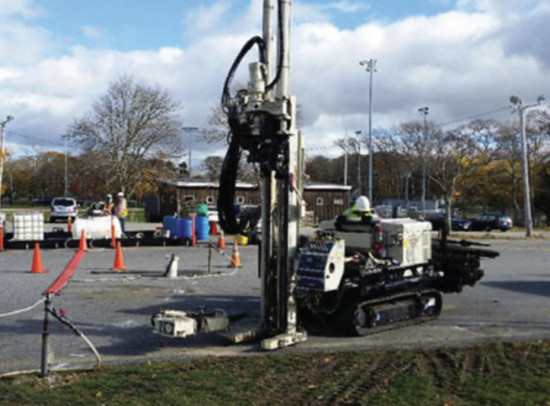
bioremediation enhanced with surfactants
Summary: Environmental remediation at a former metal tool manufacturing site conducted to address mineral oil LNAPL, TCE, DCE VC, and petroleum hydrocarbon impacts. The project goal was to accelerate intrinsic bioremediation of subsurface contaminants.
A customized surfactant was added to injected sodium lactate to break up LNAPL, dissolve CVOCs in LNAPL, and utilized LNAPL as an electron donor.
After application, the site transitioned to Temporary Solution Status with limited monitored natural attenuation.
surfactant-Enhanced In-situ chemical oxidation
Summary: Surfactants were added to permanganate injected in the source area (3 to 23 ft bgs) for in-situ treatment of PCE impacts in soil and groundwater.
Sequenced downgradient ISCO injections were completed before surfactant injections.
Highest PCE concentrations were rapidly reduced by > 99%, from 7,000 ug/L to 32 ug/L.
